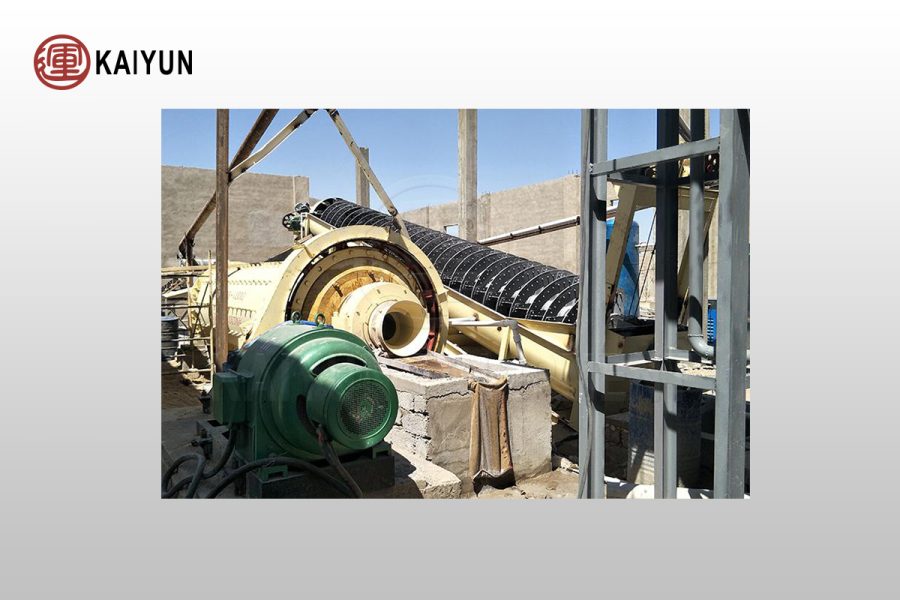High sulfide gold ores often contain a large amount of pyrite, arsenopyrite and other sulfide minerals. The gold grade is usually low, and the gold particles are small and tightly wrapped by sulfide minerals, making it difficult to recover directly through the cyanidation method. For this type of gold ore, flotation technology is an economical and effective choice. Through flotation, gold can be enriched in copper, lead, sulfur and other concentrates, and then gold can be extracted from them, which not only improves the gold recovery rate, but also realizes the comprehensive utilization of multiple metals.

The following are several common sulfide gold ore dressing process flows:
1. Gravity selection-flotation process
Scope of application
Applicable to ores where gold and sulfide minerals coexist closely and need to be recovered through smelting, especially suitable for quartz vein gold mines with uneven particle size and coarse gold.
Process introduction
The original ore is flotated to obtain gold concentrate. However, the flotation tailings often still contain sulfides that wrap coarse gold. In order to improve the overall recovery rate, the coarse gold is first recovered by gravity separation equipment such as jigs, shaking tables, spiral chutes, and then flotation treatment is carried out, thereby significantly improving the total recovery rate of gold.
2. Flotation-concentrate cyanidation process
Scope of application
Commonly used for the treatment of gold-bearing quartz veins and gold-bearing pyrite quartz vein ores.
Process introduction
Using xanthate as a collector and pine oil as a frother, flotation is carried out under weak alkaline conditions to obtain gold concentrate. Subsequently, through cyanide leaching, the gold enters the solution in the form of a complex, and then zinc powder is replaced to obtain gold mud, and pure gold is obtained through pyrometallurgy.
This process can effectively reduce the amount of ore fine grinding, reduce energy consumption and infrastructure investment, and at the same time improve the recovery rate of gold.
3. Flotation-roasting-cyanidation process
Scope of application
Suitable for treating complex gold ores containing high sulfur and high arsenic, such as difficult-to-select gold-arsenic ores, gold-zinc ores, and gold-pyrite ores.
Process introduction
After flotation, gold-containing concentrate is obtained, and then oxidative roasting is carried out to effectively remove arsenic and sulfur, and at the same time make the mineral structure loose, which is conducive to the subsequent cyanide leaching process and improves the recovery efficiency of gold and silver. This process is an efficient means to treat gold ores with high impurity content.
4. Flotation-thiourea leaching process
Scope of application
Particularly suitable for vein gold ores with high arsenic, sulfur or carbon content and heavy mud.
Process introduction
First, flotation is used to enrich the gold-containing sulfide into concentrate, and then thiourea solution is used to leach gold. Thiourea dissolves gold and silver quickly, has low toxicity, is easy to regenerate, and is not interfered by antimony, arsenic, copper, sulfur and other components. Compared with the cyanidation method, the leaching time is shorter and the gold extraction efficiency is higher. It is an ideal choice for gold ores that are difficult to treat with cyanidation.
Summary
There are many types of gold ores, and the mineral processing technology is not “one size fits all”. Before determining the process flow, mineral processing tests must be carried out, and the process plan must be tailored through scientific and systematic test reports. Only in this way can we achieve the goals of efficient gold extraction, cost reduction, and green environmental protection, and ultimately obtain ideal recovery rates and economic benefits.